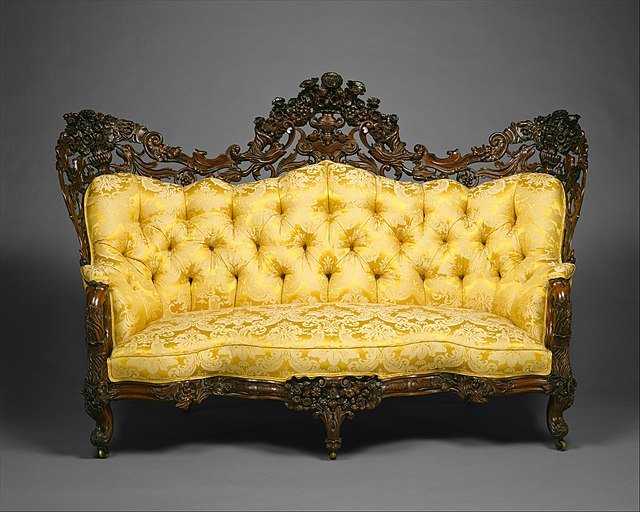You’ve been saving up for that perfect sofa—the one that would make your living room feel like home. But lately, the price tag’s looking a lot steeper, and it’s not just you. New tariffs on imports from countries like China, Canada, and Mexico are sending shockwaves through the furniture world, making everything from couches to dining tables more expensive. For families across the U.S., that dream piece of furniture is becoming a stark reminder that tariff-driven inflation is hitting right where it hurts: your wallet.
These tariffs, rolled out earlier this year, tack on a 25% tax for goods from Canada and Mexico and a 10% fee on Chinese imports, piled on top of existing duties. With about three-quarters of U.S. furniture coming from overseas, the impact is immediate. Stores can’t swallow the extra costs, so they’re passing them on to you. That $2,000 sofa you’ve been eyeing? It might now set you back $2,150 or more, and industry experts estimate these hikes could add $8.5 billion to $13.1 billion a year to furniture costs nationwide. For small, family-run shops, it’s a nightmare. Some are already talking about cutting inventory or letting staff go just to keep the lights on.
“It’s like a punch in the gut,” said Maria Torres, who runs a furniture store in Ohio. “We’re seeing prices climb, and it’s breaking my heart to tell customers they’ll have to pay more for the same stuff.” She explained that even “Made in USA” furniture isn’t immune, since it often uses imported wood, fabrics, or hardware. The result? Higher prices, fewer discounts, and longer waits for that perfect piece.
Shoppers are feeling the pinch in real time. In Atlanta, Sarah Nguyen, a young mom, shared her story: “We were about to buy a new dining table, but our designer warned us prices are going up fast. We rushed to buy it, and I’m so glad we did.” Others are getting creative, scouring thrift stores or hunting for local artisans whose work might dodge the tariff hit—for now. But even those options could get pricier as demand spikes.
Not everyone sees this as bad news. President Trump has championed the tariffs, saying they’ll revive American furniture-making in places like North Carolina. “We’re bringing those jobs back home,” he said at a recent rally, promising a boost for local workers. But the reality’s messier. “It sounds great, but we don’t have the factories or skilled workers ready to jump in,” said Emily Carter, a trade analyst who’s studied the industry. “Building that up takes years, and right now, it’s families paying the price.”
That price is adding up fast. Economists warn that tariffs could push overall inflation to 4% in 2025, up from 2.4% in March. For folks already juggling tight budgets, a $200 sofa price hike isn’t just about furniture—it’s about skipping a home upgrade, delaying a move, or rethinking what “home” looks like. “It’s not just a couch,” said one shopper outside a Dallas furniture store. “It’s where my kids will do their homework, where we’ll have family dinners. It matters.”
So, what’s next? The tariffs aren’t going away anytime soon, and other countries might hit back with their own, which could mean shortages or even longer delays for furniture deliveries. Some retailers are trying to pivot, looking at places like Vietnam or Indonesia for manufacturing, but that switch isn’t cheap or quick. For now, you’ve got choices: buy that sofa before prices climb higher, hunt for secondhand gems, or brace for a budget squeeze. As one store owner put it, “That new couch isn’t just a purchase anymore—it’s a sign of how much things are changing.”
















